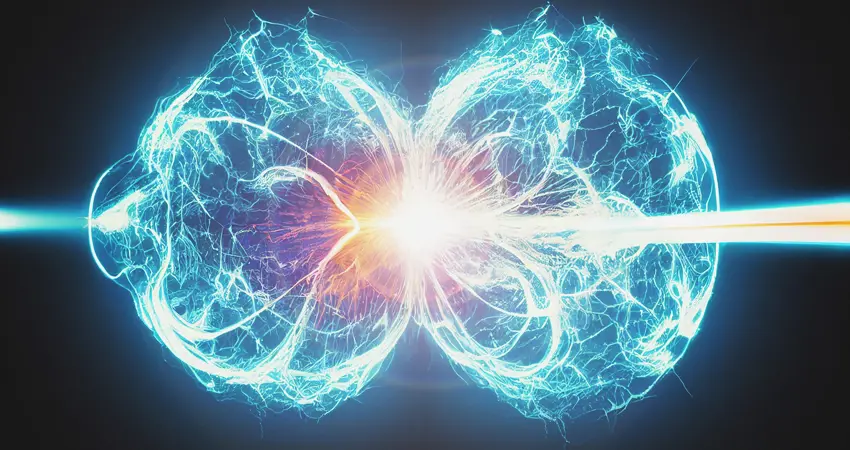24 May 2023
Oxford University joins Imperial and York in £12 million fusion power industry partnership
A multi-institutional team will explore a new method for creating fusion power they hope could eventually be scaled to provide safe, clean, and abundant energy.

This project is being backed by a combined £12 million funding from the company behind this new approach, First Light Fusion, and UK Research and Innovation’s Prosperity Partnership scheme. Oxford researchers from the Departments of Engineering Science and Physics will join forces with Imperial College London, University of York, and industrial partners First Light Fusion and Machine Discovery.
Nuclear fusion occurs when the nuclei of two atoms, for example hydrogen atoms, are combined to create a different element such as helium, releasing a huge amount of spare energy due to the difference in weight between the atomic ingredients and the newly created atom. Fusion is known to have transformational potential as a safe, clean, and abundant energy source if fusion conditions, which require intense heat and pressure, could be created. However, techniques tried so far have only generated limited amounts of energy, leading to questions about the scalability of such methods and of fusion power in general.
University of Oxford spinout First Light Fusion is developing a technique it believes could prove more scalable than those tried so far, based on projectile fusion. Under the new partnership, researchers from across the three universities and two companies will work together to study the behaviour of materials at extreme temperatures, pressures and densities, examining how heat, matter, and radiation flow at interfaces between those materials.
The role of Professor Dan Eakins (Department of Engineering Science) and Professors Gianluca Gregori and Sam Vinko (Department of Physics) at the University of Oxford will be to investigate specific phenomena relating to hydrodynamics and heat transport using X-ray imaging techniques they have developed over the years. As Professor Dan Eakins explains, “By recreating these extreme conditions at a 4th generation synchrotron, we will freeze these processes in their tracks, providing much-needed data to exercise, stretch, and even break our current models, building back better and more viable pathways for safe, clean energy”. Professor Gianluca Gregori adds,"the understanding of matter under extreme conditions as found in these targets is challenging and it requires combining computational and experimental techniques that push the boundary of our knowledge.”
Machine Discovery, also a University of Oxford spinout, will be providing an AI-Powered solution for compute-intensive tasks to achieve significant productivity, helping to accelerate the development of this new approach. “Machine learning tools, such as neural-network-based emulators, have an important role to play in exploring the extreme states of matter required to deliver fusion”, comments Professor Sam Vinko, “and this partnership brings together the expertise needed to address this grand challenge.”
“This grant, which we are doubling to bring the total to £12 million, will be a vital platform in recruiting the best and brightest physicists to First Light Fusion, and more critically, unlock important physics research as we continue with our mission of solving the problem of fusion power with the simplest machine possible,” says Dr Nick Hawker, Engineering Science Alumni and Co-founder & CEO of First Light Fusion.




